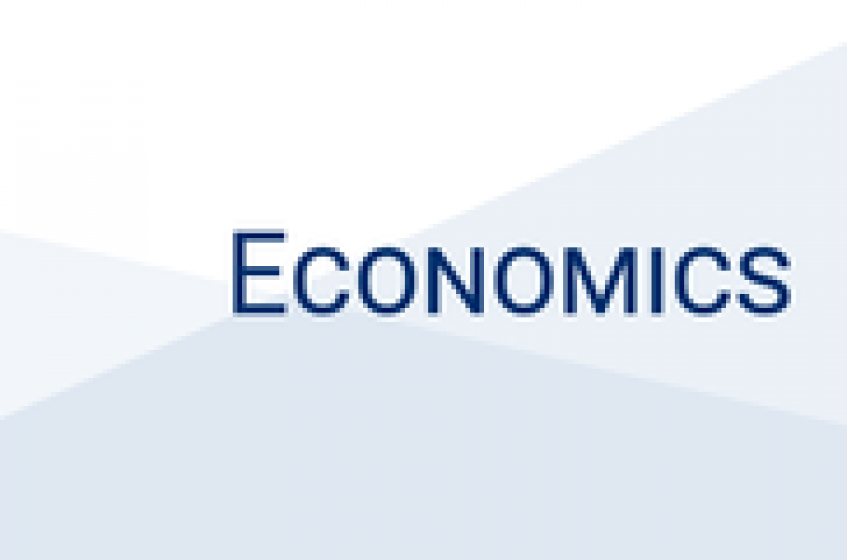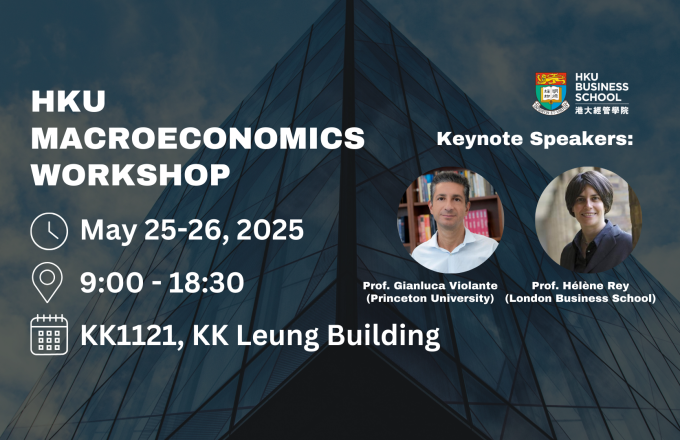
“Dynastic Human Capital, Inequality and Intergenerational Mobility”by Professor Mikael Lindahl
Mikael Lindahl
University of Gothenburg
We study the importance of the extended family – or the dynasty – for the persistence in human capital inequality across generations. We use data including the entire Swedish population, linking four generations. This data structure enables us to – in addition to parents, grandparents and great grandparents – identify parents’ siblings and cousins, as well as their spouses, and the spouses’ siblings. We introduce and estimate a new parameter, which we call the intergenerational transmission of dynastic inequality. This parameter measures the between-dynasty variation in intergenerational transmission of human capital. We use two measures of human capital for the child: GPA and years of schooling and three different measures of human capital of the members in the parental generation: years of schooling, family income and an index of occupational status. Our results show that traditional parent-child estimates miss almost one-third of the persistence across generations estimated at the dynasty level. We conclude that traditional child-parent estimates do not give a complete picture of persistence of human capital inequality across generations.







